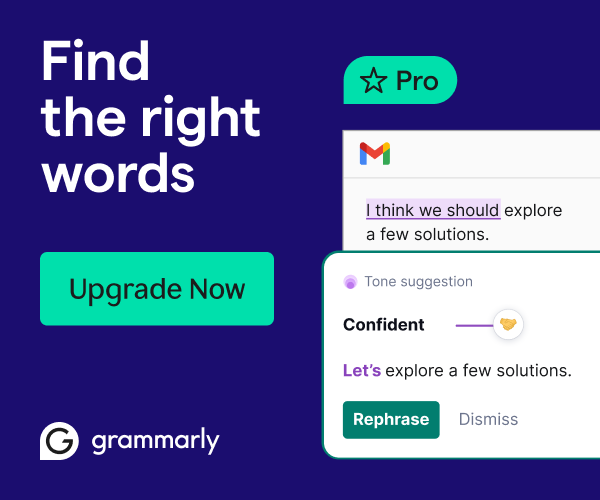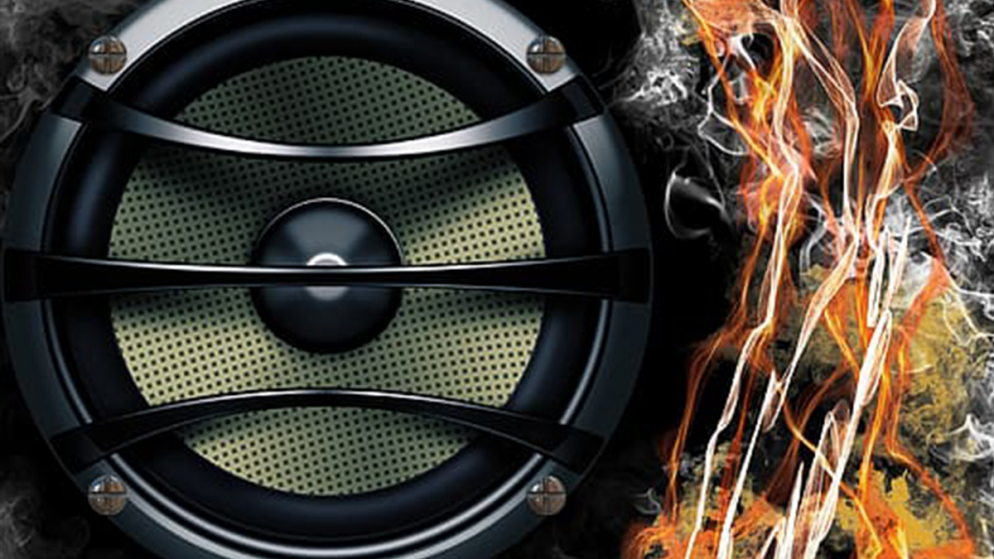
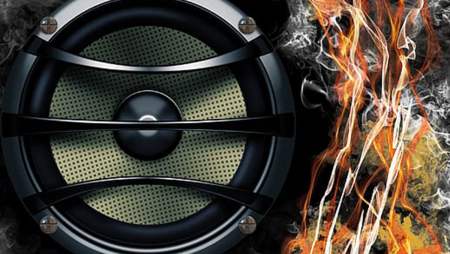
Heads up: Our content is reader-supported. This page includes affiliate links. If you click and purchase, I may receive a small commission at no extra cost to you.
The Hammacher Schlemmer Banshee isn’t all bad, but you can find better options in its price range. iPod owners in particular will have a better experience with “Made for iPod” models.
The Banshee isn’t unattractive, per se, but the futuristic design may not appeal to all users. The unit is encased in glossy black plastic, with silver buttons and trim. It’s slightly more than a foot long and stands four inches high and about three deep at the base. The oblong unit isn’t overly bulky and won’t take up too much space on your desk or counter. Five bulbous, eyeball-like speakers–protected by a metal grate–protrude from the front of the Banshee, and three circular buttons sit along the top edge: a power key and volume toggles. Unfortunately, playback must be controlled on whatever MP3 player you’re using, and no remote is included.
Want to know how to create an “” without paying a licensing fee to Apple? You can start by asking Hammacher Schlemmer about the Banshee, which forgoes the use of an iPod connector in favor of a more modular, generic cradle. As such, the speaker eschews the “Made for iPod” label and offers a design more accepting of a variety of different MP3 players. However, considering the Banshee’s $129 price tag, I expected better. While the multimedia speaker may be a decent option for some users, iPod owners can find better speakers in this price range (see: Logitech mm50).
It’s a simple and fairly functional design–no complaints there. However, the detached cradle unit that comes with the Banshee leaves much to be desired. It’s a plastic, cuplike piece with a slot made for your iPod (it can also fit a variety of other players, though notably not the Zune). You then use the included 1/8-inch-to-1/8-inch audio cable to connect the player to the speaker. A hole going all the way through the bottom ensures that you can plug in a Nano, and a slot running along the back edge purports to offer some cable management. Unfortunately, the slot doesn’t hold the cord in place, and the cradle itself is prone to being knocked over when there’s a player “docked.”
You’ll find a variety of ports along the back edge of the speaker unit. There is an auxiliary line input for connecting an audio source with the included cable and a power input. It may matter to some users that the power brick is huge and heavy–it easily covers four outlets on my surge protector. The Banshee also has a port labeled LF Out, which you can use to attach a subwoofer.
Subwoofer aside, the Banshee performs just OK as a stand-alone speaker. Audio range, bass response, and mid- and high-end representation were all good in testing. Stereo separation was also great with this unit, providing nice, encompassing sound. However, although I tested the speaker with three different MP3 players, our music always suffered from some interference, usually in the form of a high-frequency background hiss; on a few occasions, I got some crackling in there, as well. To me, this is a deal breaker, though other users may find that the positives outweigh the negatives for their purposes.
AirPods Pro, 9 months later: These headphones still rock
Their winning design and fit, improved bass performance, effective noise cancellation and excellent call quality make these earbuds a top true-wireless choice — even months after their release.
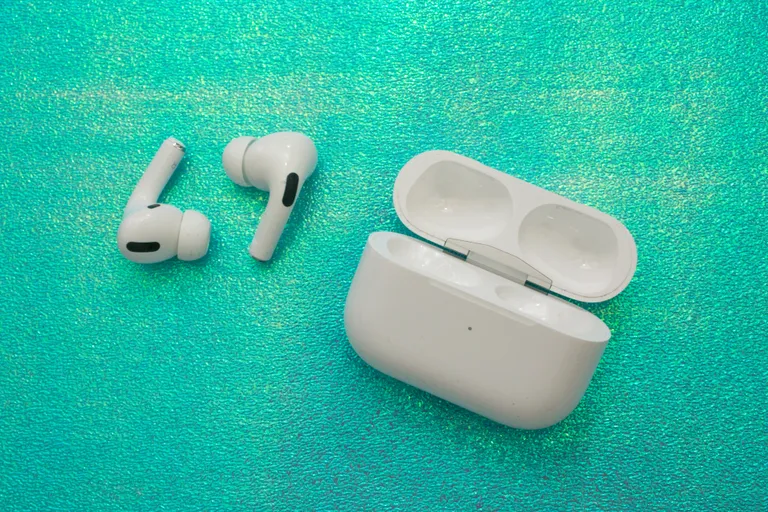
Shop Now At Hammacher Schlemmer
Apple’s AirPods Pro ($249, £249, AU$399) first hit the market in late October 2019. A lot has changed in the world since then and new competitors have arrived on the scene. But not much has changed about the way I feel about these earbuds. The AirPods Pro are Apple’s first headphones to offer active noise cancellation, which electronically counteracts exterior noise like the hum of a jet engine or an air conditioner, and the company’s first wireless model to feature a noise-isolating design — with silicone ear tips that push into your ear canal. They remain a safe choice for Apple users looking for a compact, lightweight pair of true wireless earbuds that connect easily to their Apple devices and perform well — both for music and movie listening as well as making voice calls.
es, they’re a little overpriced. But the good news is we’re seeing them regularly discounted by $25 to $35 at various online retailers. Also, Apple announced recently that this fall, with the release of iOS 14, they’ll get automatic switching between Apple devices and a new spatial audio surround sound feature that takes advantage of some internal tech we didn’t know the AirPods Pro had: Along with built-in accelerometers, it turns out they also have built-in gyroscopes. That will allow for head tracking, a feature usually found on higher-end gaming headphones, allowing the AirPods Pro the potential to create a more realistic surround-sound experience (I’m still waiting to try it out). The standard AirPods, which cost about $100 less, won’t get the new virtual surround sound feature, though they will be upgraded with automatic switching.
After living with the AirPods Pro for many months and comparing them to a slew of competitors, my conclusions remain largely the same. Here are some key takeaways.
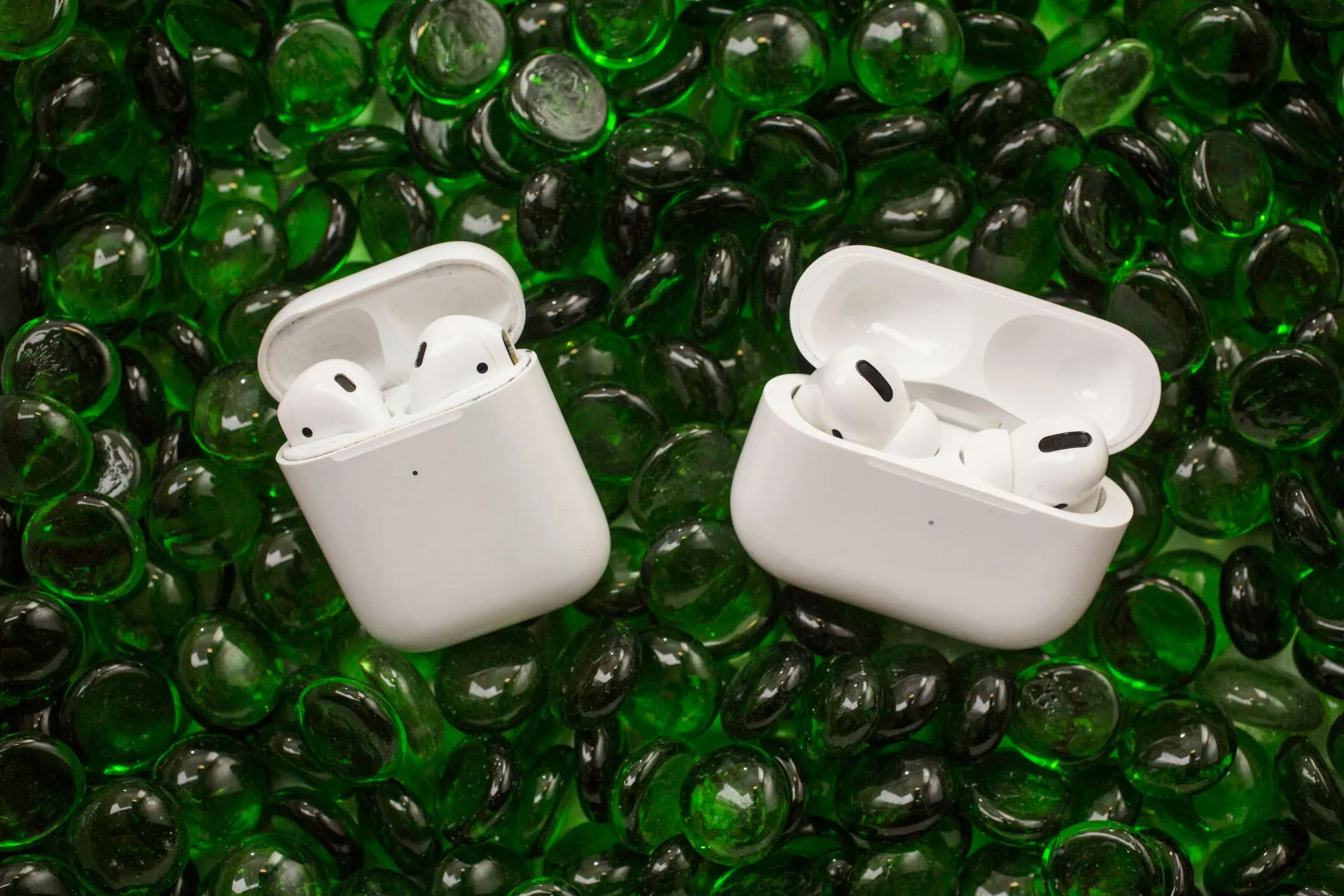
Shop Now At Hammacher Schlemmer
AirPods Pro fit comfortably and securely
I’m one of those people whose ears aren’t ideal receptacles for the original AirPods, which are now on their second generation. I can wear them, but they don’t stay in my ears all that well. I feel them start to fall out if I do anything too strenuous in them, like dash across the street to make a light.
With the AirPods Pro, I don’t have that problem. They fit my ears securely. I can run with them — and they’re sweat-proof, Apple says (they have an IPX4 water-resistance rating, which means they’re splashproof but not waterproof). It’s also worth noting that they come with small, medium and large ear tips. I was worried I’d need an extra-large tip to get a tight seal, but the AirPods Pro’s large ear tips fit my ears fine. That said, in the last few months, I did upgrade the tips with CharJenPro foam tips ($18) specially made for the AirPods Pro that allowed me to get an even tighter seal and an even more secure (I found that one bud started to slip out of my ear on longer runs). Comply also makes $25 foam tips for the AirPods Pro and some cheaper foam tips are available for less than $15. However, I can’t vouch for those, having only tried the CharJenPro and Comply tips.
If you’re setting them up on an iOS device, in fact, the app will guide you through testing which ear tip fits you best. And Apple is selling its own replacement tips for just $4 (for a set of three pairs), so replacing them when they eventually get, well, gross is eminently affordable.
The long and short of it is the new design will fit more ears than the original AirPods. I hesitate to call it a universal fit because there are always exceptions, but they’re close. The only issue is that some people simply don’t like having silicone buds stuck in their ears, even if they’re as soft and pliant as these tips are. That’s the reason why so many people like the original AirPods. They just sort of nestle in your ear — and when they fit right, they’re really comfortable. However, a few of my coworkers said that even though the AirPods Pro sounded better, they still preferred the fit of the regular AirPods.
AirPods Pro sound better than standard AirPods
The first thing you notice about the AirPods Pro is that they sound better than the standard AirPods because they have more bass. The reason they have more bass is largely due to their new noise-isolating design and new drivers that are tuned for that design. The standard AirPods sound decent enough in quiet places but due to their open design, they just don’t do well when confronted with external noise (the bass frequencies get drowned out). The AirPods’ noise cancellation, which is effective, also helps with external noise, and the combination of the seal of the tips and the active noise cancellation means they sound much better in noisier environments such as city streets.
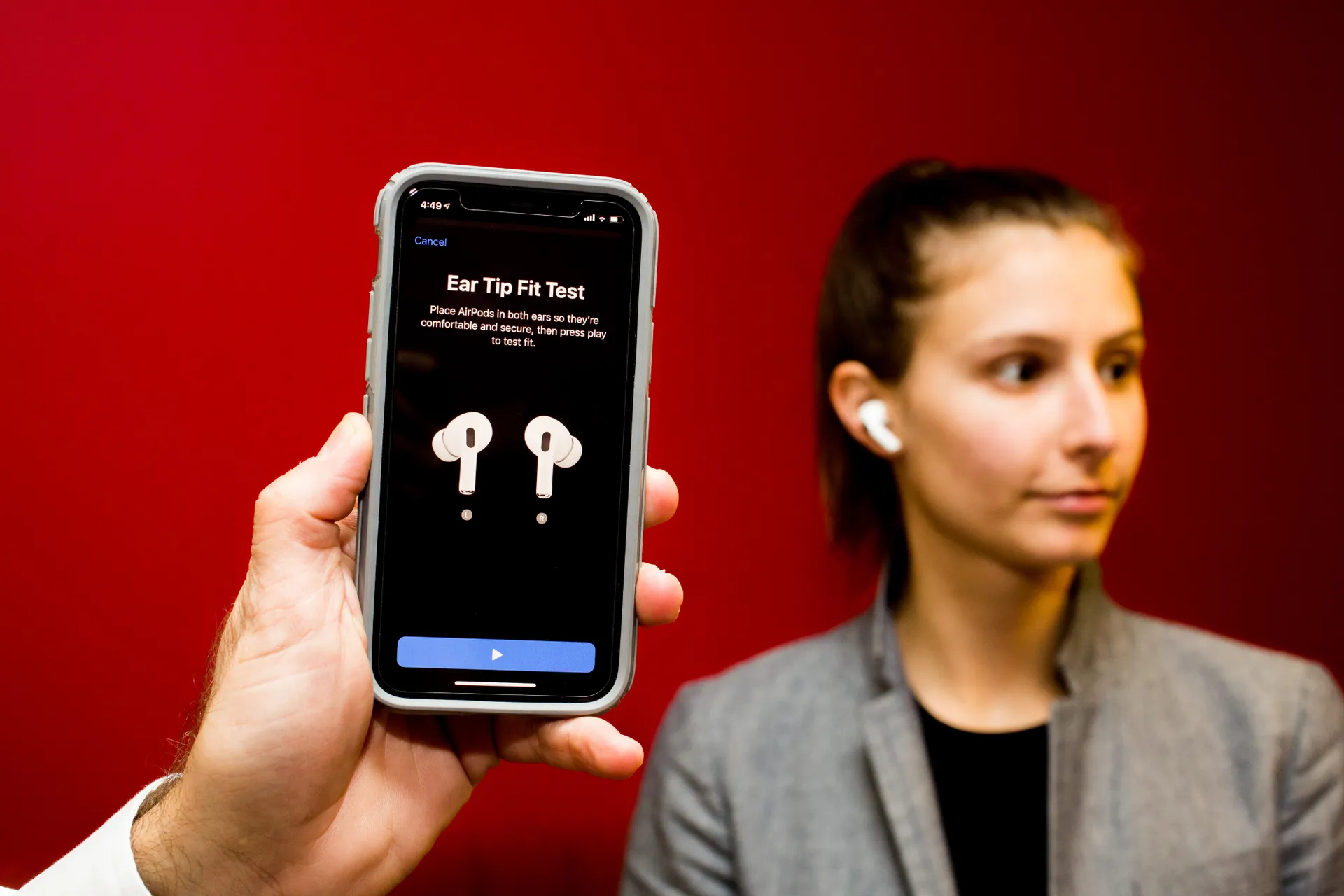
Shop Now At Hammacher Schlemmer
But AirPods Pro sound quality isn’t best in class
Don’t get me wrong, I like the way the AirPods Pro sound. They’re pleasant to listen to — very good for true wireless. But they lack the clarity, definition and more textured sound one might expect from headphones that cost $250. In short, there are competing models that cost around the same price or less that sound as good or better. That doesn’t mean those competing models are better overall — there are other factors to consider — but just understand that from a pure sound standpoint, there are superior options.
I compared the AirPods Pro to its closest current competitor, the Sony WF-1000XM3, which also has adaptive noise-canceling features. The WF-1000XM3 sounds better — its sound is bigger, smoother and more refined overall, and easier to listen to over longer listening sessions.
Read more: Best noise-canceling true wireless earbuds of 2020
The Sony WF-1000XM3’s noise-canceling mode is as effective as that of the AirPods Pro. And the Sony’s battery life is rated a little higher (6 hours), possibly because they’re larger. With active noise cancellation on, Apple says AirPods Pro will deliver up to 4.5 hours of listening. We were able to eke out 5 hours and 9 minutes in our battery test with music playing at 75% volume level (you can watch the test in our YouTube video). While more battery life would ideally be better, it isn’t a big issue because the buds charge quickly in their case and a 5-minute charge via the Lightning port or a Qi wireless charging pad (yes, they feature wireless charging) will get you an hour of battery life. A USB-C to Lightning cable is included, but you’ll need to supply an adapter or plug them into a USB-C laptop if you don’t have a wireless charging pad.
Since I wrote my initial review of the AirPods Pro, Sennheiser released its second-gen Momentum True Wireless 2 ($300), which has better sound than the AirPods Pro and equally effective noise-canceling. Several other compelling noise-canceling true wireless earbuds have hit the market, including the Technics EAH-AZ70W ($250), and more premium noise-canceling models will arrive before the year’s end. Fit is a big factor when it comes to noise-isolating earphones: If you don’t get a tight seal and good fit (with any of these models), the noise cancellation and sound quality both take a big hit. Some of these other earphones sound better, but it’s hard to beat the AirPods Pro’s lightweight design and comfortable fit.
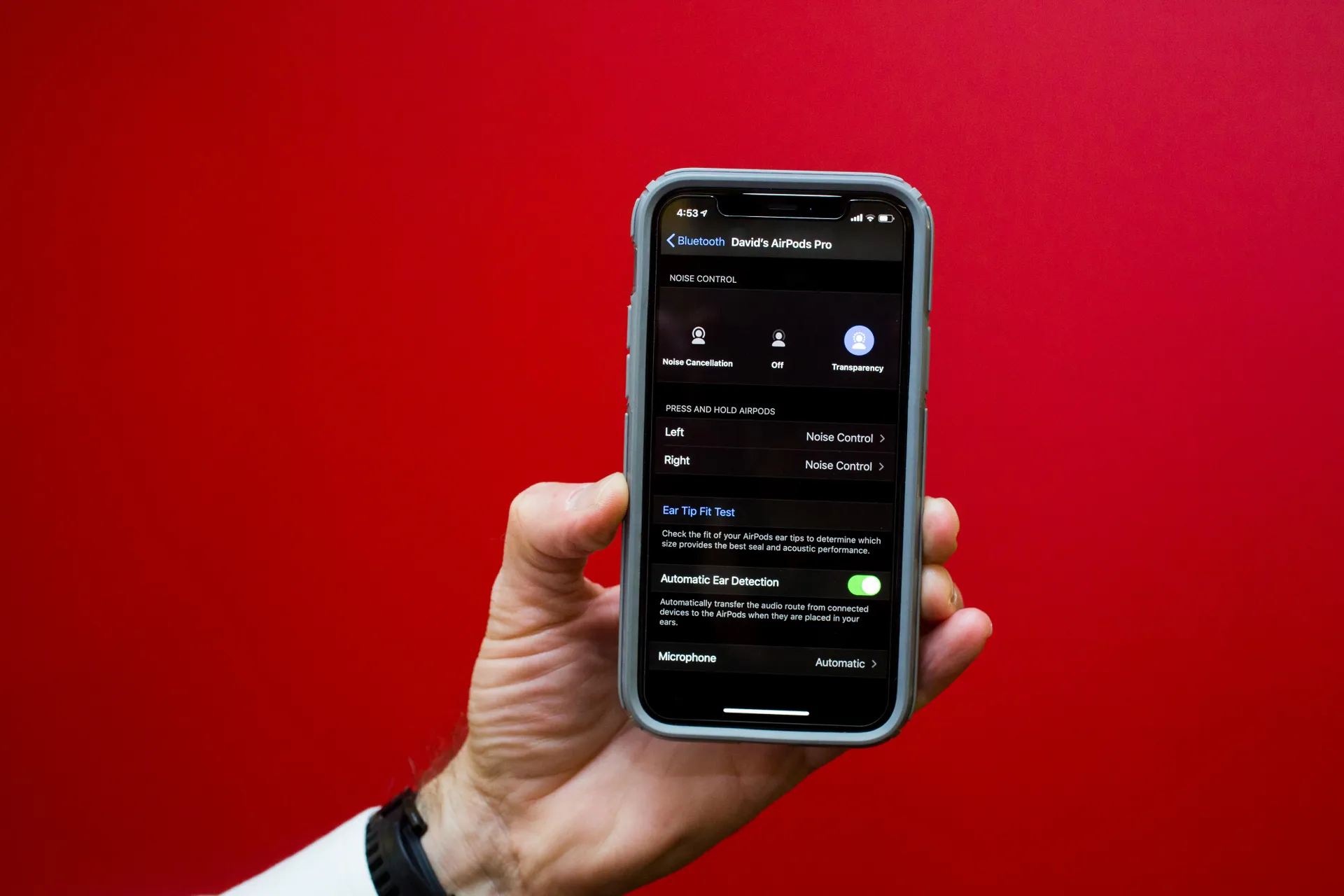
Shop Now At Hammacher Schlemmer
The size and fit of the AirPods Pro are big selling points
The AirPods and their charging case are significantly smaller and lighter than the Sonys. The charging case is wider than the standard AirPods’ case and a little thicker, but it’s still a small package. And size matters when it comes to these types of earphones. The case and the AirPods are literally half the size of the Sonys. There’s something appealing about that. Although the Sonys fit me well, the AirPods Pro seem more likely to fit more ears comfortably.
Side note: You can wear the left and right earbuds independently of each other (that is, wear one bud at a time), and Apple’s new Audio Sharing feature allows a friend with a compatible set of Apple or Beats headphones to connect to your iOS device to listen to the same content that you are.
These wireless earbuds are even better for making calls
The standard AirPods are quite good for making calls. With the release of the second-gen model this year — some call them the AirPods 2 — Apple improved their noise-reduction capabilities, particularly wind noise. The AirPods Pro have three microphones on each bud, one of which is a beamforming mic that’s designed to pick up your voice. They also have similar noise-reduction capabilities, plus a vent system that’s not only supposed to relieve some of the pressure that can build up in your ear from a noise-isolating design coupled with noise-canceling features, but can help cut down on wind noise a tad, an Apple rep told me. More importantly, you can simply hear callers better because of the Pros’ noise-isolating design.
Call quality has been the Sony WF-1000XM3’s Achilles heel. It’s gotten better with some firmware upgrades, but it should be even better — it’s not up to the AirPods Pro’s standard. In terms of making calls, the AirPods are top-notch. But others are catching up. I tested these against the Anker Liberty Air 2 earbuds. The Ankers and their more expensive sibling, the Liberty 2 Pro, measured up well to the AirPods when it came to making calls. Like the AirPods Pro, the Liberty Air 2 earbuds do a good job of muffling ambient noise (callers said they could hear me fine even with a lot of street and even construction noise around me). They don’t sound quite as good as the AirPods Pro, nor do they have active noise-canceling, but they fit comfortably and their noise-isolating design passively seals out a lot of ambient noise. They only cost $90.
The only thing the AirPods seem to be missing on the call front is a sidetone feature that allows you to hear your voice in the earphones when you’re making a call. That allows you to modulate your voice accordingly and not talk too loudly. Amazon’s Echo Buds ($130), also good for making calls, have this feature, and so do the pricier Sennheiser Momentum True Wireless 2, which are also good for making calls.
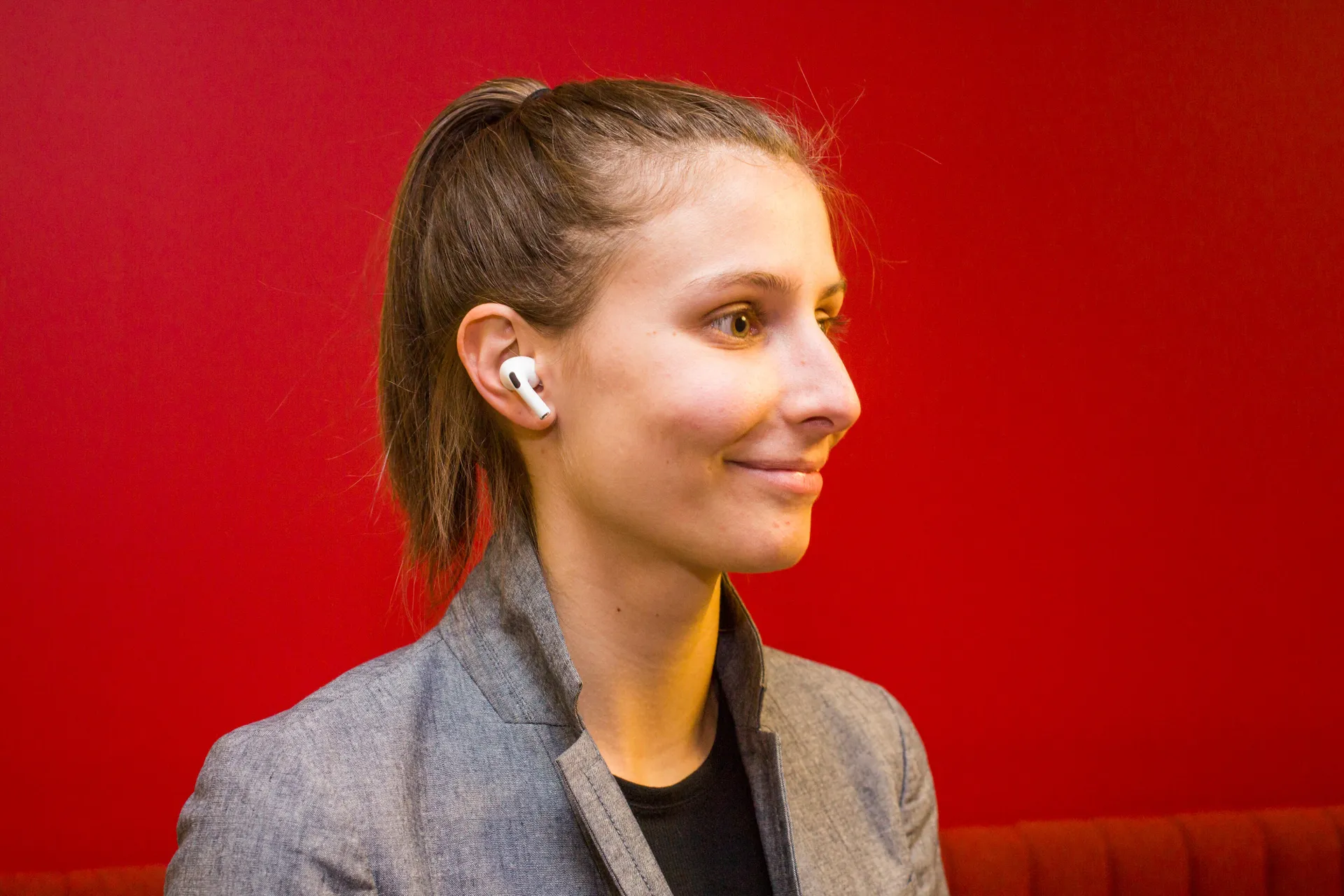
Shop Now At Hammacher Schlemmer
The AirPods Pro noise-canceling is good but has some limitations
I’ve been getting a lot of questions from readers about just how good the AirPods Pro noise-canceling is and whether it’s better than what you get from full-size headphones like the Sony WH-1000XM3 and Bose Noise Cancelling Headphones 700 or Bose QuietComfort 35 II. I was generally impressed with AirPod Pro’s noise cancellation. In open office environments and in other places, like a cafe where people are talking around you, I didn’t think there was much of a difference when I switched between the AirPods Pro and those larger headphones. They all do a decent job, although you can still hear people’s voices.
I think the full-size headphones and even Sony’s WF-1000XM3 do a better job muffling low frequencies. I haven’t used the AirPods Pro on a plane yet, but I have a noisy HVAC unit in my apartment, and the Sony and Bose full-size headphones did a better job quieting its loud hum.
As far as airplane use goes, the AirPods Pro would certainly help with noise reduction, but just be aware there’s no way to plug these into an in-flight entertainment system. You’d have to hook up a Bluetooth transceiver to the headphone jack. But the Pros will absolutely be better on a plane than standard AirPods, which are all but useless thanks to their open design.
Also, if you’re sensitive to active noise cancellation, you may not be able to use these with it turned on. (There’s no way to adjust it to a lower setting like there is with the Sony WF-1000XM3; it automatically adapts to your environment.) You can turn the setting off, however, and just live with the isolation delivered by the ear tips.
Earlier this year, there was some controversy over whether one of Apple’s firmware upgrades had downgraded the AirPods Pro’s noise-canceling. Some users swore it did. Subsequently, Apple released another firmware update that some say fixed the problem and others say it didn’t. I personally think it’s as good as it was when the AirPods Pro launched. But I do have a tighter seal, thanks to using those foam tips I mentioned earlier.
The stems are shorter and I like the new controls better — but there are no volume controls on the buds
The standard AirPods have touch controls. You tap or tap and hold a touch zone on the side of the bud. The AirPods Pro have a force sensor in the stem of each bud — and the stems are shorter, which is good. You pinch the stem to activate the controls. Pinch twice quickly to advance a track forward. Press and hold to turn noise cancellation on or off or to toggle a transparency mode that allows sound to leak in (so you can hear train announcements, for example, or just talk to someone while you have your AirPods on).
The new controls take a little getting used to, especially if you’re coming from the standard AirPods and like their controls. Apple says it moved to the force sensors in the stem because the noise-isolating design meant you could hear the tapping when you touched the buds, which irritated people. Some people might not be happy with that decision, but I was fine with the new control method. I had some mishaps at first but I’m doing better after a few days of use.
You can also program the press-and-hold function to call up Siri manually if you don’t want the always-on (hands-free) Siri feature to be active. Like the AirPods, the Pros have Apple’s H1 chip that allows for always-on Siri, so you can call up Apple’s voice assistant simply by saying “Hey, Siri.” That’s how you adjust volume levels — by telling Siri. Otherwise, you have to make volume adjustments on your device.
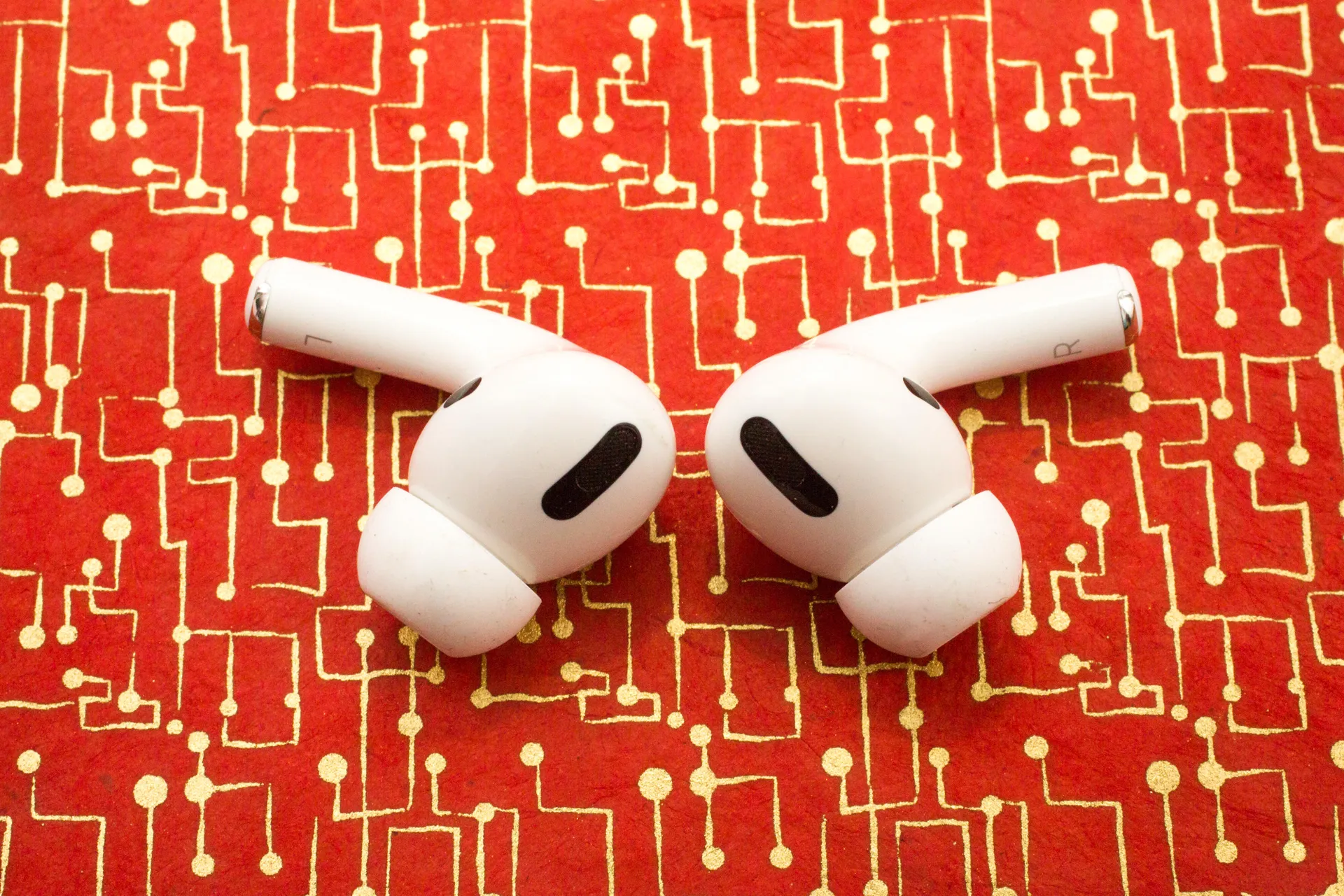
Shop Now At Hammacher Schlemmer
Wireless connectivity is rock solid
Even with their easy pairing features, the original AirPods weren’t immune to Bluetooth glitches and the occasional dropouts. I used my review sample with an iPhone 11 Pro running the latest version of iOS 13 (you have to have 13.2 or higher) and didn’t have any real audio dropouts during my limited testing period. Audio syncing in video apps was also solid. There wasn’t any lag that I saw, though I didn’t try every video app.
Like the AirPods, you can use the AirPods Pro with Android phones (I used them with a Galaxy 9 Plus). The auto Bluetooth pairing feature isn’t available and the always-on Siri feature doesn’t work. But they work like normal Bluetooth earphones and you can use your phone’s voice assistant. The noise-canceling works the same as it does with an iOS device.
I connected to a Mac without a problem but I haven’t tried the AirPods Pro with a Windows machine yet.
It’s worth spending $50 more on the AirPods Pro instead of the AirPods with Wireless Charging
If you like your current AirPods and they fit your ears well, you don’t need to run out and buy the Pros. (I’d wait for your AirPods to die, which they will sooner rather than later if you use them a lot.) But if you’ve been eyeing the $199 AirPods with Wireless Charging, I’d pass them by and go straight to the Pros. The Pros have a wireless charging case too, and their superior sound and added features are worth the extra dough.
The big question is this: How low will the standard AirPods (without wireless charging) go? They list for $160 but they often cost less, and we’ve seen them for as low as $130. As their price creeps down, I’d say those are the AirPods to get if you don’t want to spend too much money on AirPods. Forget the wireless charging. It’s an overrated feature and should cost less.
Beats Powerbeats Pro is in trouble
Many people were looking for better sound and a more secure fit than the original AirPods and they could get both in the Beats Powerbeats Pro. Apple owns Beats, and the Powerbeats Pro earbuds have bigger bass than the standard AirPods. They also have more dynamic sound as well as long battery life in a sporty design. The Powerbeats Pro cost $250 but get discounted sporadically and should be available for $200 or less as we head into the holiday buying season.
The Powerbeats Pro earbuds are still impressive, but the big strike against them is their bu
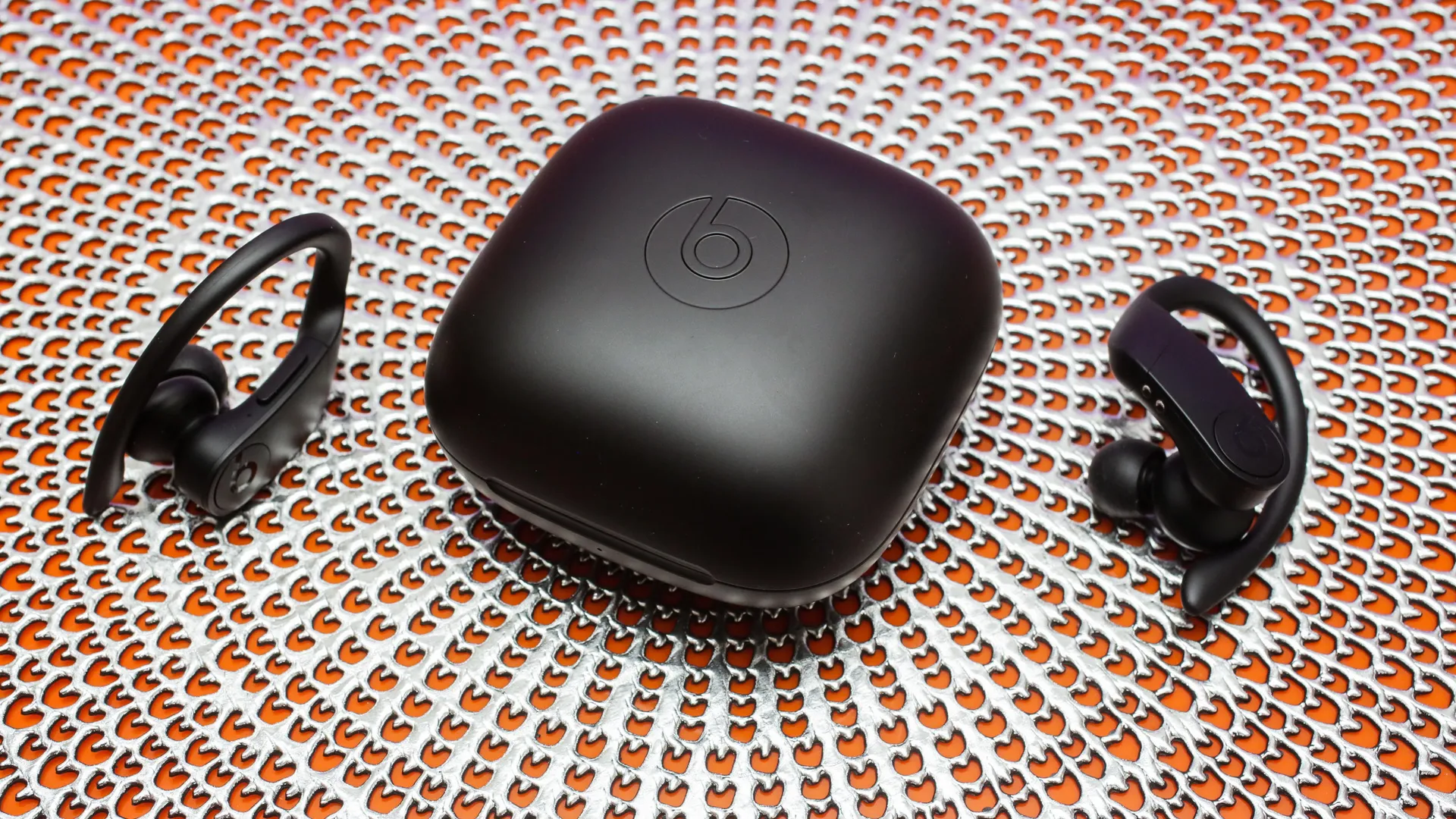
Shop Now At Hammacher Schlemmer
lky charging case. With their sweat-resistant design, bolder sound and more secure fit, the AirPods Pro are a direct competitor. The smaller size and more discreet profile of the AirPods Pro makes them the more appealing choice than the Beats. I also think some people will prefer their sound to the Powerbeats Pro, which is more hyped in the treble (maybe a little too hyped for some).
I’d only get the Powerbeats if I was worried about losing a bud doing an activity like mountain biking where there’s a higher probability of one falling out of your ears. The Powerbeats Pro’s ear hooks do help keep the earphones on your head.
A bit pricey, but with a lot to like
With seemingly all of Apple’s products, you have to separate the marketing hype from reality. This isn’t the first in-ear true-wireless with noise-canceling. Sony’s had earphones with the feature for around two years and several noise-canceling models are now available with more on the way, including inexpensive ones like the $60 (their noise-canceling is only so-so but they do sound good and work well for making calls). The Jabra Elite 75t, Sony WF-1000XM3, Samsung Galaxy Buds Plus and plenty of others have such a “hear-through” feature. So when Apple says “magic you’ve never heard” and talks about a “customizable fit” because three different sized eartips are included, I kind of roll my eyes.
But even if they don’t sound as magical as you’d hope a $250 model would, the AirPods Pro still manage to be a great pair of truly wireless earphones. That’s largely due to their winning design and fit, improved bass performance, effective noise-canceling and excellent call quality. Yeah, they’re expensive at $250, but the good news is you’ll use them so much you’ll probably wear the battery down — it does degrade over time and isn’t replaceable — and have to buy a new pair in 18 to 24 months, if you don’t lose them first.




